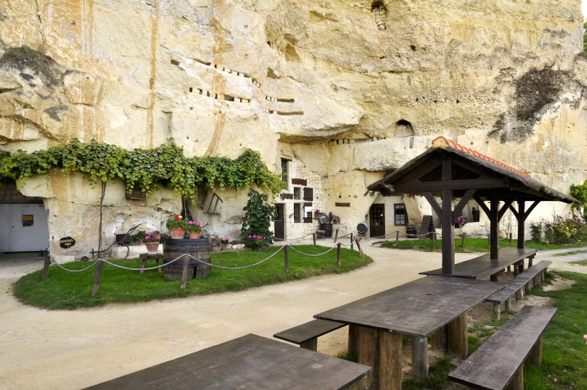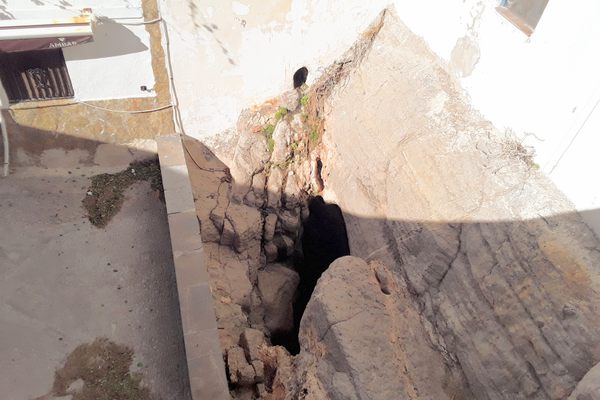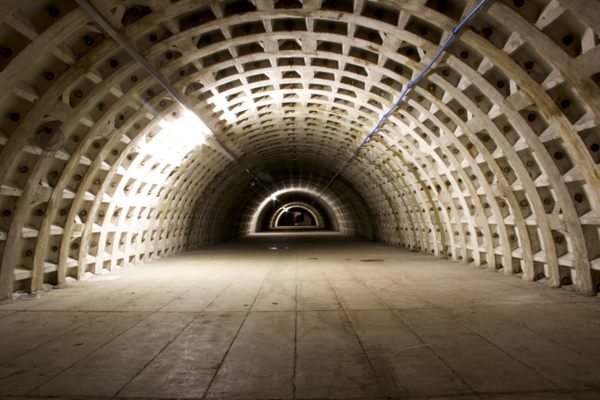La Cave des Roches (Mushroom Caves)
Miles of man-made caves and tunnels are currently used for cultivating mushrooms.
La Cave des Roches, also known as les caves champignonnières or the “mushroom caves,” are part of a vast network of tunnels and caves in France’s Loire Valley. They’re the result of hundreds of years of mining the Bourré region’s prized white limestone.
In addition to their function as limestone mines, these caves were once used as dwellings, storefronts, restaurants, and wine cellars. Today, the quarrying has ceased and the dwellings and storefronts are largely gone, but one industry continues to make use of the caves’ dark, dank environs.
Mushroom farms have long been a troglodytic tradition. Though their numbers have declined in recent years, the region remains a major exporter of specialty mushrooms, particularly the native pied bleu or “blue foot” variety.
The caves’ humid air and constant temperature of 53 degrees Fahrenheit provide ideal conditions for fungi to thrive. Different cultivation methods are employed depending on the species: Native oyster mushrooms are grown on blocks composed of soil and horse manure, while shiitakes make their home on blocks of sawdust. Visitors to the caves are invited to sample fresh-plucked mushrooms and purchase larger quantities from the on-site shop.
La Cave des Roches make up roughly 75 miles of the valley’s 1,200-mile cave network. Public tours of La Cave des Roches have helped make them among the best-known of the region’s mushroom caves. The nearby Museé du Champignon (mushroom museum) outside St. Hilaire-St. Florent offers visitors another opportunity to tour a working mushroom cave and learn about the region’s rich history of mushroom cultivation.

























Follow us on Twitter to get the latest on the world's hidden wonders.
Like us on Facebook to get the latest on the world's hidden wonders.
Follow us on Twitter Like us on Facebook